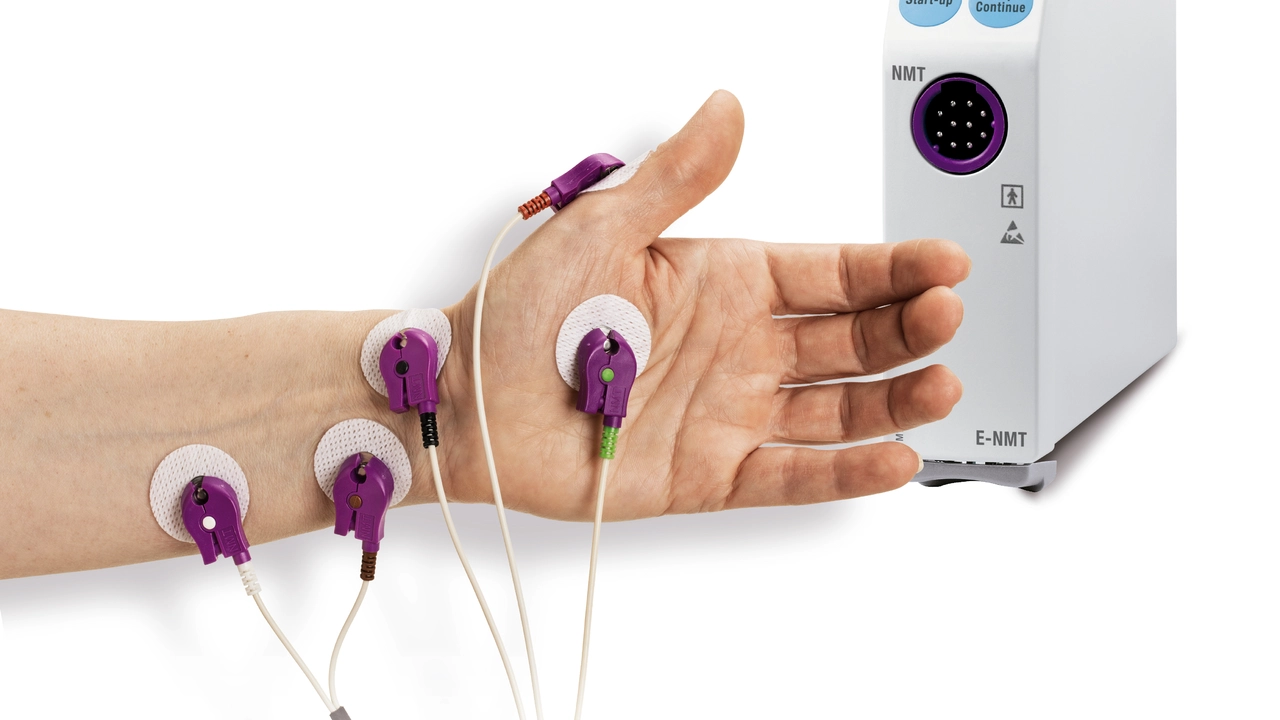Understanding Vibramycin: What Is It?
Let me tell you a quick funny and slightly embarrassing story. Sort of related to our topic today, my son Oliver once asked me where his tonsils had disappeared when he was sick. Mind you, they were just swelled up due to a throat infection. But boy, I almost choked on my coffee laughing. Now, why did I share this little tidbit? Because similar misunderstandings and baffling questions bombard us when it comes to medications. Today, we are going to focus on one of them - Vibramycin, or rather, its key ingredient, Doxycycline. Take a deep breath and grab a cup of coffee.
All about Doxycycline
Doxycycline, the active ingredient in Vibramycin, has a reputation. Some call it a brutal bacteria assassin, while others call it life's boon. As a remedy for various infections, it puts up an impressive fight. It's an antibiotic that falls into the broad tetracyclines family. Trust me, this isn't some boring family reunion; it's rather fascinating. It's proficient at fighting both Gram-positive and Gram-negative bacteria. Not very discriminating, is it? It targets multiple bacterial proteins disrupting their ability to multiply, making it harder for them to cause the body mayhem. It sails in like a superhero and brings the bacterial REPROduction party to a screeching halt.
Medical Uses and Health Benefits
Now, Doxycycline isn't a one-trick pony. Apart from tackling bacterial infections, it has other uses too. I know what you're thinking, "Caspian, you mean this is a multifunctional drug?" And yes, that's exactly what it is. It's used for acne treatment, preventing malaria, and even treating sexually transmitted diseases. Funny how we don't think of "lifesaving medication" when we look at that little capsule, isn't it? In dental problems too, it plays a crucial role, used as a prophylactic treatment to prevent bacterial complications during dental procedures. Want more? It also works as a remedy for Anthrax. That’s right folks, it's that potent!
Dosage and Recommendations
Now, let's talk about the recommended dose of Doxycycline, a.k.a Vibramycin. Now, keep in mind while it might be a super pill, it isn't a superhero, it does need instructions. Like how you wouldn't blindly add chilli sauce to your food (unless that’s your thing, of course!); you shouldn't take Vibramycin without knowing the proper dosage. Mostly, it's taken orally, and the standard dosage generally lies anywhere between 100-200 mg per day. But again, this figure isn't set in stone. The dosage varies based on your health conditions and the type of infection. This is why it’s always better to visit a doctor and get a proper prescription. You can also check your prescription for Vibramycin here.
Potential Side Effects of Vibramycin
Now let's dive into the part most of us dread - the side effects. It's like that moment when you enthusiastically buy a new gadget, only to realise it doesn't work as advertised. Such a bummer, right? Same with Vibramycin. While it is indeed effective, it can cause side effects like diarrhoea, nausea, upset stomach, or even loss of appetite. But remember, many people use Vibramycin without any serious side effects, and these symptoms often disappear as your body gets used to the medication.
Interaction with Other Drugs
Before you start popping the pill with your morning coffee, let's roam around the tricky park of drug interactions. Just like some people shouldn't be allowed in the same room (funny aunt Martha and grumpy uncle Bob, anyone?), certain drugs and Vibramycin don't mix well either. For instance, drugs like barbiturates, carbamazepine, or phenytoin could decrease Vibramycin’s effectiveness. Interaction with antacids, calcium, iron, products containing bismuth subsalicylate, and some laxatives is a big no-no. Trust me, you don't want a drug war inside your body!
Vibramycin Driving Tips
Well, not literally driving, but I hope you see where I'm going with this. Once you are prescribed Vibramycin, there are some handy pointers to bear in mind. First, it's usually nirvana on an empty stomach. Yes, it likes to dominate the scene without competing for attention with the food battalion. So, take it about an hour before or two hours after meals. However, if experiencing stomach upset, you can take it with food or milk. But remember to swallow it whole, because no, it's not a chewable candy!
Buying Vibramycin Online - Affordable and Easy
Now that we've talked about what Vibramycin is, it's medical uses and potential side effects, let's address another crucial question, "Where can we buy it?" For those of us who'd, in normal circumstances, rather take up snake handling than step inside a brick-and-mortar pharmacy, there’s great news - buying Vibramycin online is just a click away. These online platforms provide a seamless, comfortable, and affordable experience. No more twiddling thumbs in awkward waiting lines. Click here to know more.
Final Words
Overall, Vibramycin's pros outweigh its cons. It's not just about buying the medicine; it's about understanding what you are ingesting and how it helps your body. I hope this comprehensive guide erased some of the question marks hanging over Vibramycin's name. Remember, medicine should be taken responsibly. Like a superhero, Vibramycin is here to help, not harm. So, use it wisely, and stay healthy!







8 Comments
Dean Marrinan December 13, 2023
Wow, a guide that reads like a sitcom script-who knew antibiotics could be this entertaining? 😂 The humor is spot‑on, but remember the pill isn’t a comedian; follow the dosage rules.
Oluseyi Anani December 14, 2023
Appreciate the thorough rundown, especially the part about drug interactions. It’s easy to overlook that a simple antacid can sabotage the whole treatment, so kudos for the reminder.
Jeremy Wolfe December 14, 2023
While the interaction list feels endless, it’s crucial because mixing the wrong meds can make Vibramycin a paper tiger. Stick to the doctor’s script, and you’ll keep the bacteria in check.
Rahul yadav December 15, 2023
Reading this felt like watching a dramatic thriller where the hero (Doxycycline) swoops in just in time! 🎭 Remember, though, the hero can’t save you if you ignore the empty‑stomach rule.
Dan McHugh December 15, 2023
Good to know.
Sam Moss December 16, 2023
Let’s unpack this masterpiece of a post, sentence by sentence. First, the author reminds us that antibiotics aren’t magical wands; they’re precise tools that need proper handling. Doxycycline, the star of the show, boasts a broad spectrum that attacks both Gram‑positive and Gram‑negative bacteria, making it a versatile defender in the medical arsenal. However, versatility doesn’t equal invincibility-dose matters, and the guide correctly emphasizes the 100‑200 mg daily window while noting individual adjustments. The side‑effect section is honest, warning about gastrointestinal upset, which many users experience as a mild, transient irritation. Interactions are listed with a clear “no‑no” on antacids, calcium, iron, and certain anticonvulsants, reinforcing that taking the pill on an empty stomach is best unless you’re battling stomach pain. The author also spotlights off‑label uses-acne, malaria prophylaxis, and even anthrax-showing the drug’s far‑reaching impact beyond common infections. The buying‑online advice is practical, yet it raises a subtle red flag: cost‑effective sources can sometimes be unverified, so readers should verify legitimacy before clicking. Throughout, the tone stays conversational, peppered with metaphors that keep the medical jargon digestible. The final rallying cry urges responsible use, a reminder that even the most powerful antibiotics can backfire if misused, leading to resistance. In short, the post blends humor, science, and safety tips into a cohesive guide that could help anyone navigating a doxycycline prescription.
Suzy Stewart December 16, 2023
Great detail, and I love the emoji flair! 🌟 Just a heads‑up: the online purchase links should always be from reputable pharmacies to avoid counterfeit meds.
Traven West December 17, 2023
Concise and correct. Ensure proper punctuation and avoid run‑on sentences.